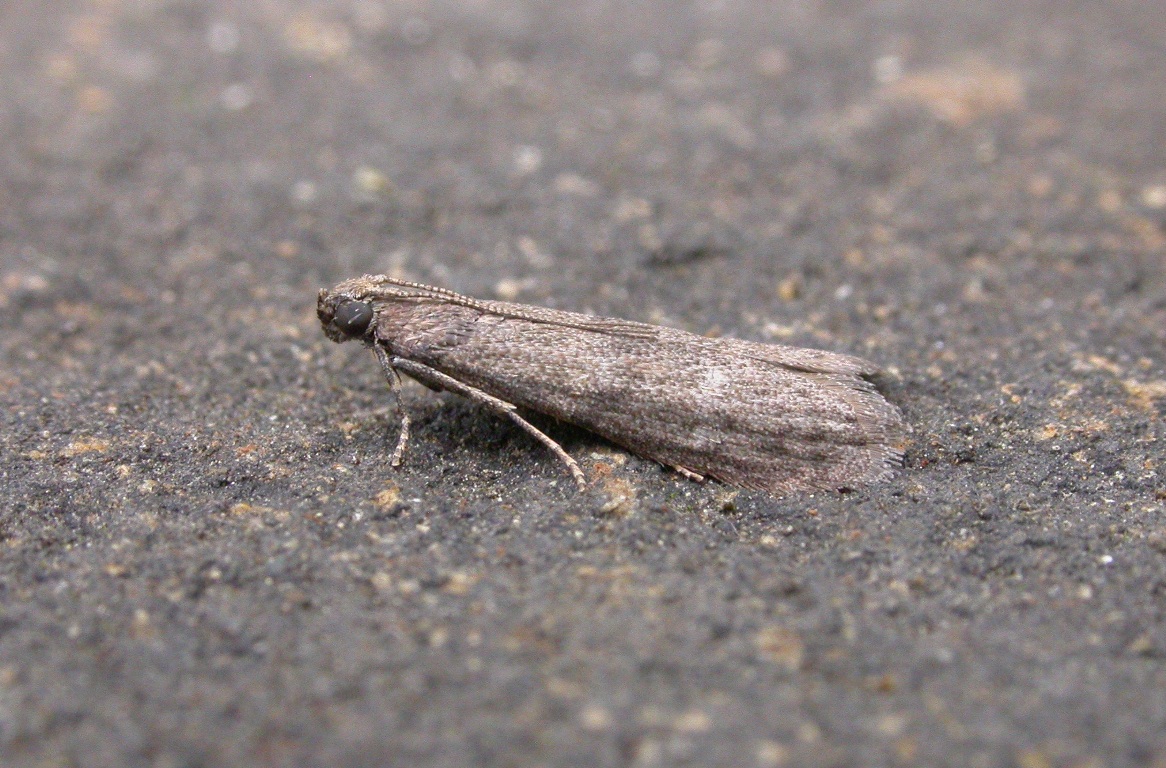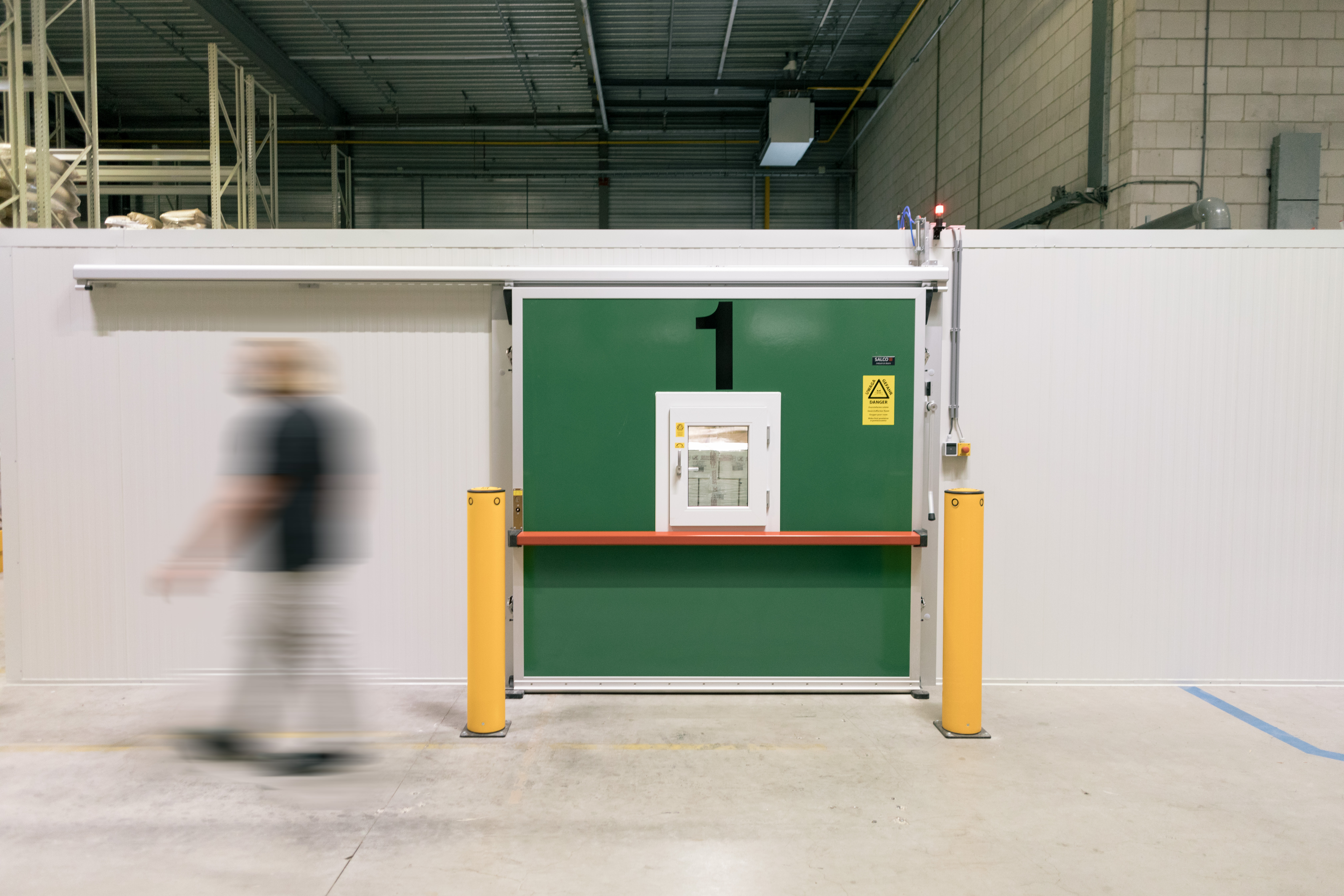Tropical Warehouse Moth (Ephestia Cautella)
The Tropical Warehouse Moth, or Ephestia cautella (almond moth), is a common pest in storage areas, notable for its adaptability and damage to stored foods. This summary covers its identification, life cycle, affected commodities, and prevention and control methods.

Identify the Tropical Warehouse Moth
The Tropical Warehouse Moth measures 1-2 cm in length with a wingspan of 1.5 to 2 cm. Both adults and larvae exhibit a mottled gray off-white coloration, a distinctive feature that aids in their identification. Understanding these physical characteristics is crucial for early detection and management of infestations.
-
Size: 1-2 cm – Wingspan 1.5 to 2 cm
-
Colour: grey-brown, lighter and darker colours on its wings
-
Larvae: yellow-white in colour, up to 14 mm in length, brown head and a dark spot at the base of the back hairs
-
Adults: mottled gray off-white in color
Look at our services
From Tropical Warehouse moth eggs to Tropical Warehouse moth adults
The life cycle of the Tropical Warehouse Moth is a lengthy process, taking anywhere from 82 to 206 days at 21°C. A female moth lays approximately 260 eggs in her lifetime, often in groups and within various food products. This extended development period, from egg to imago, highlights the need for long-term monitoring and control strategies in affected environments.
Infestation in commodities
The Tropical Warehouse Moth primarily infests commodities like cocoa, grains, nuts, dried fruits, and flour. The larvae feed on these products, and mature larvae often leave the product to find a suitable place to pupate, such as cracks and crevices in storage areas. The damage caused by these moths is not limited to the consumption of food products but extends to contamination through feces, webs, dead moths, and fungi.
Get rid of Tropical Warehouse moth
Effective management of Tropical Warehouse Moth infestations involves both preventive and active control measures. Regular cleaning of vacant spaces and maintaining a low temperature in storage areas are key preventive strategies. Prioritizing the use of older stock first can also help mitigate infestation risks. When infestations occur, Controlled Atmosphere treatments are effective for infestations within products, while Heat Treatment is recommended for infestations in buildings.

Frequently Asked Questions

How can we help you?
If you have any questions or if you wish to have a proposal for our services? Do not hesitate to contact us.
